Let us get something straight. Binoculars are specially designed for clarity –and to enhance your outdoor experiences. It can be confusing and even daunting, trying to get a pair of binoculars that fits your purpose and style.
Of course, we know the best way to make the right choice is to get enough information about it. Before you get one at the store, look through the lenses to find the optical performance and durability of the pair of binoculars there in your local store.
Clearing that from the air, below are the common considerations when getting the best binoculars that will work for you.
How to Choose Binoculars: Things to Keep In Mind
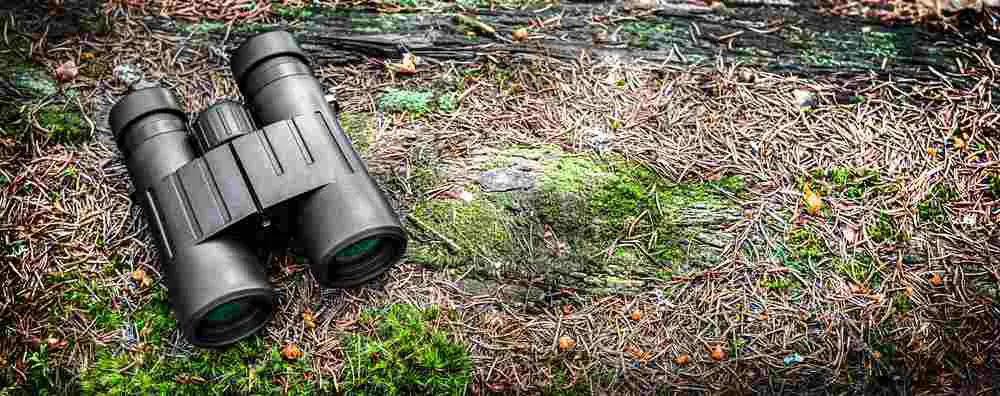
Terms You Need to Know
People often ask, what do model number specs in binoculars mean? The specs tell the strength and the size of the binoculars. For example, in the 8 x 42 binoculars.
The “8” means the power of the magnification, and the “42” tells the diameter of the binoculars in millimeters of the lenses.
The objective lenses can give you an insight into the size of the binoculars and also how much light can be gathered.
Understanding these numbers means that you know what you want to use that for; i.e., if a pair is suitable for stargazing, birding, bird hunting, or for other purposes.
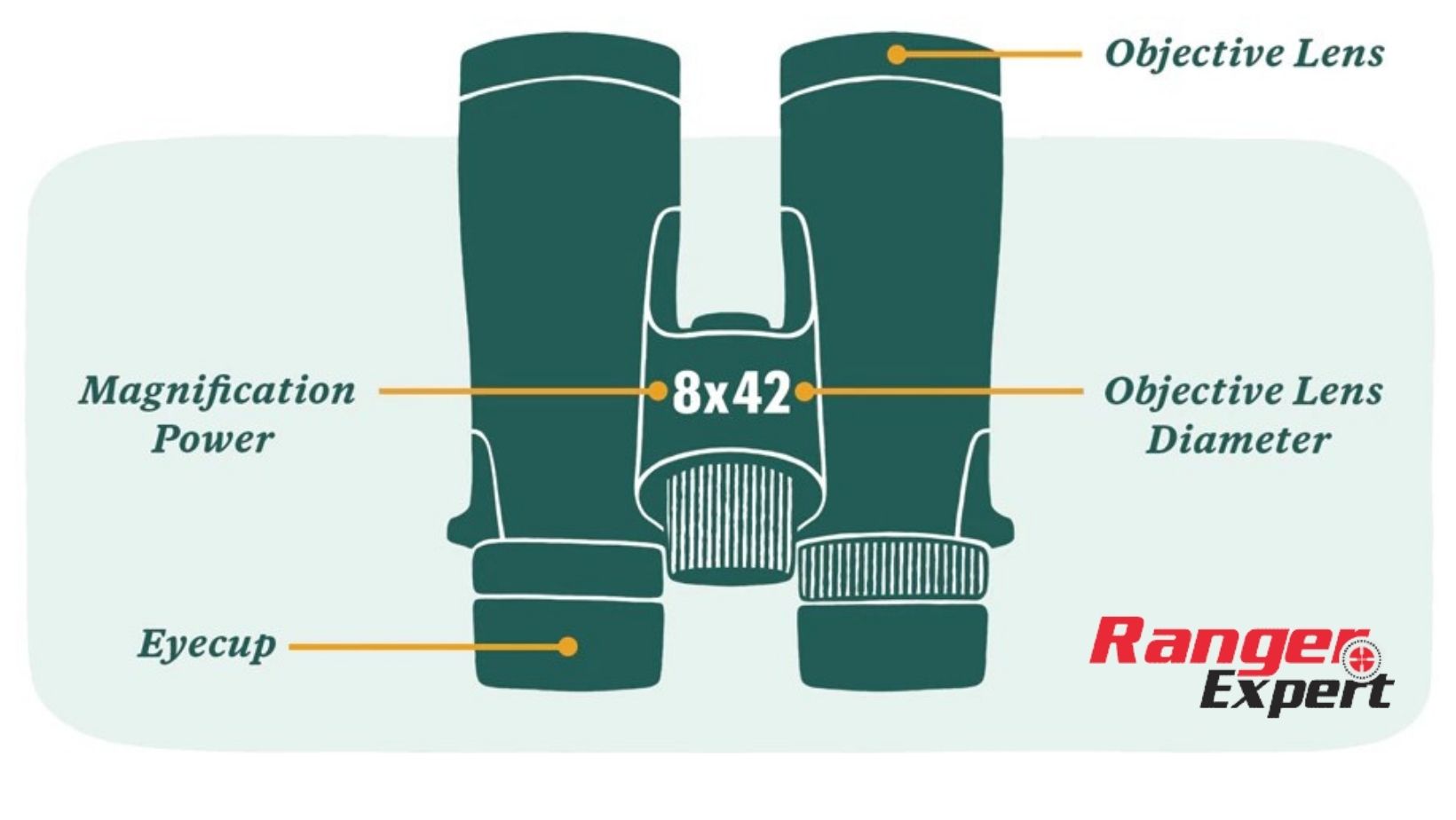
With the assumption that you are not already concerned about the size and the weight of the midsize and full-size models. The 10x magnification is helpful for looking at small animals and they provide a broader view that’s essential when birding.
They should also be water-resistant, and they should have an anti-fog feature to prevent the binoculars from fogging up in a cold area.
Binocular Size
Binocular sizes are broken down only into compact, midsize, and full-size categories; the categories are associated with the size of the objective lenses.
It is also important to note there might still be because the variation in the optics, construction, and design can imply that models that have the same size as the objective lenses can differ when talking about size and weight.
- Compact binoculars: 30mm (8 by 25, 10 by 28)
- Midsize: between 30 mm to 40mm ( 10 by 30, 8 by 32)
- Full size: any more than 40mm (8 by 42, 10 by 50 )
Compact binos can easily fit in a backpack but the midsize models produce brighter images and are much more comfortable when you hold them for an extended period of time.
Though a massive set of binoculars can be difficult to hold for a protracted period of time.
Magnification Power
The most common type of magnification is the eight and the 10 magnification. However, there are still models that have lower and even higher forms of magnification.
The eight power binoculars give a full field of view while the 10 power binoculars provide a close and more detailed look, e.g. the 8 x 25, 8 x 32, and the eight by 42 all have the same magnification strength. The focused object is going to appear eight times closer than it would with the ordinary eye.
It is very easy to think that the better binoculars to pick are binoculars with higher magnifications, but the irony to this is; the higher the magnification, the more problematic the binoculars.
Any binoculars with a magnification strength that is greater than 10 will not guarantee steady viewing. So, those variants can be deficient when you are on a boat or platforms that move.
Objective Lens Diameter
The objective lens diameter determines the amount of light entering the binoculars, which affects brightness and low-light performance. When comparing two binoculars with the same relative specifications, the pair that has the more massive pair of objective lenses will gather more light, meaning that the image on those binoculars is brighter.
What’s more, when the binoculars have higher quality, they also have more vivid images.
Exit Pupil
When the exit pupil has a higher number, they have brighter images. In areas with low light, the higher the number, the better the viewing. It is also easier to consistently maintain the full picture of an object even if the hands move or shake.
To estimate the exit pupil, divide the diameter of the objective lenses and the magnification number. For example, the exit pupil for the eight by 42 is obtained by dividing 42 by eight, which gives 5.25mm. It is the sum total of the quantity of light that is going to reach the eyes.
The eye’s pupil size in bright light is 2mm and 7 mm when in total darkness.
- When in low light it is good to use an exit pupil of 5mm. these are the times during dawn and dark or where there is dense shade, here having a high pupil number is good
- During the bright day viewing the exit pupil size will not matter because all binoculars have exit pupils that are more than 2mm
Eye Relief
This is the distance through the eyes and the eyepiece when the fields of view are still within sight. This is essential if you wear glasses.
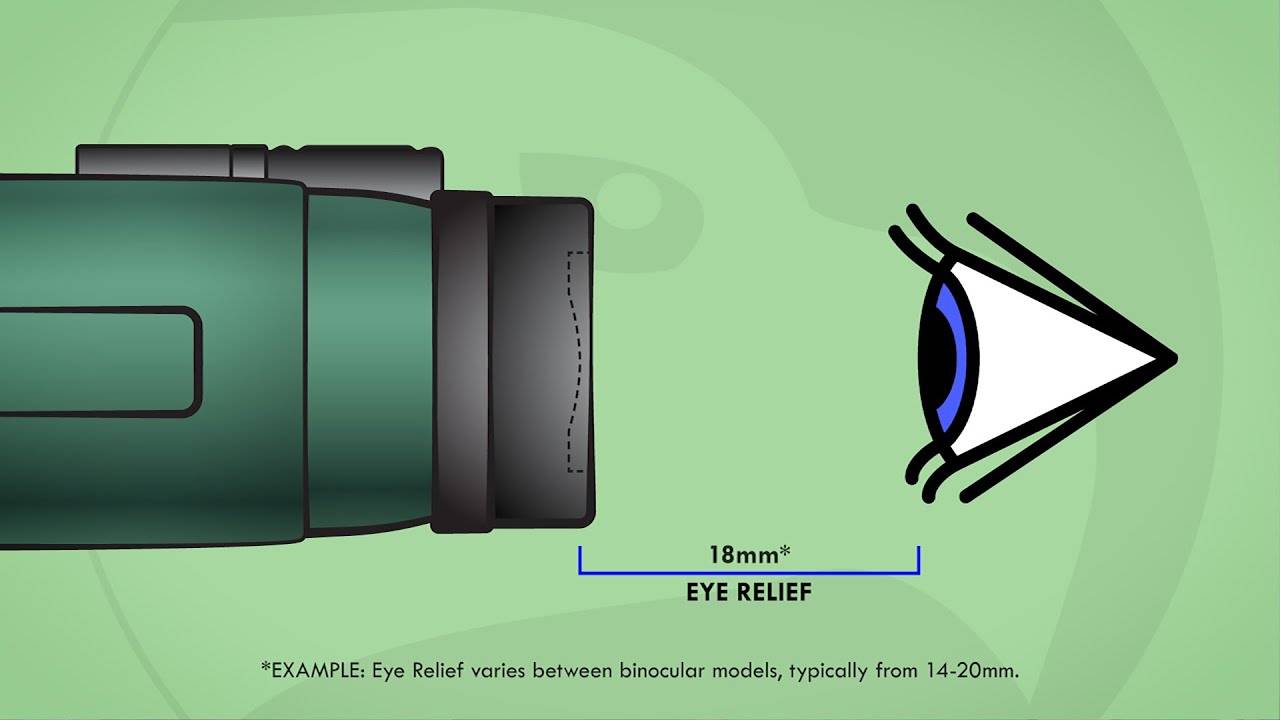
You will find a feature in most binoculars that allows you to adjust the eyepiece, which will let you set the eyepiece for maximum eye relief value.
This is usually regulated by winding rubber eyecups or by rolling a collar to make the eyepiece shortened.
Prism Type
The prisms are the optical elements that direct light from an image passing through the binoculars, and into your eyes, there are the older prism binoculars that feature large barrels in front that are attached to the eyepiece.
The newer roof prisms have attached objective lenses and eyepieces. There is a difference in appearance but there is no difference in optical quality. However, roof prisms make for smaller and lighter binoculars.
Field of View
The magnification power has an effect on the field of view no matter whether you’re hunting for a monocular or a bino pair.
When the magnification power is lower, the field of view is expanded, and it also narrows the field of view when the magnification power is higher. Having a narrow field of view makes it harder to locate small animals like birds when one is going birding.

Because of the lower field of view, there is less light, which means that the images are darker factors like the eyepiece design; the field of view spec is one to check when getting an accurate picture.
The spec states the amount of area that you can view at one glance, 1000 yards away from your position.
Binocular Lens Coating
The most popular are the rubber kinds that do not provide protection during a heavy crash. They will shield you from minor bumps and bruises. You need this to enhance light transmission, reduce glare, and improve image clarity.
Waterproof and Water-Resistant Binoculars
Are you going kayaking, aboard a train, or in the rain? Water-resistant or weather-resistant binoculars can come in handy.
You also have to be aware when getting water-resistant binoculars that the manufacturers would identify any level of water-resistant to be waterproof. However, there might be a distinction.
- Waterproof binoculars often use 0 rings for sealing out moisture; this can survive quick plashes, but they do not survive an extended submersion. Binoculars that have this level of protection would be typically labeled as waterproof when referring to the model name
- Weather-resistant binoculars do not have the full protection that waterproof protection provides they can handle a light rain, but they can not survive immersions, whatsoever
Fog-Proof Binoculars
One thing to note is that binoculars have the potential to fog up when moving from a cold environment to a warm environment. This is as annoying as it can be damaging to the binoculars if the moistures become trapped inside.
Manufacturers would purge the air inside the binoculars with nitrogen. Because nitrogen lacks moisture, it will not condense. This makes sure that the internal lens surface does not fog up; however, there is no guarantee for the exterior lens surface.
Pro Tips to Choosing Binoculars
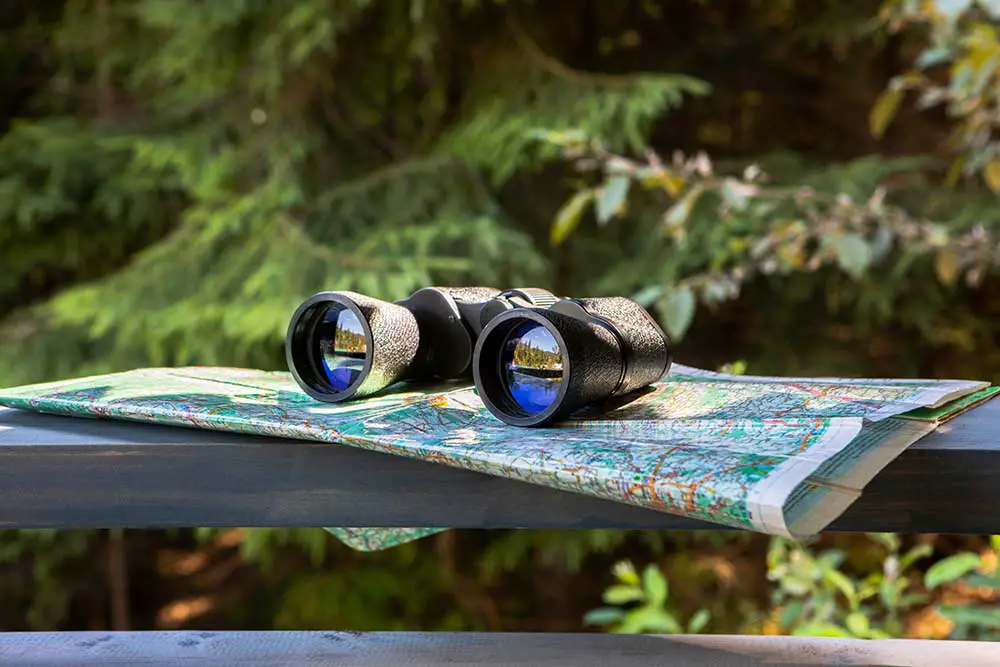
1. One thing to note is that binoculars are expensive, especially night vision binoculars. Be careful when spending your hard-earned money on buying something. The best thing the manufacturing company can do is to give a warranty.
2. Before settling on a binocular, pick the binoculars up and feel it notice the weight and the feel of it in your hands.
3. Price also matters. Get help from a buying guide and check the price beforehand!
4. Use standard glass, extra-low dispersion glass, or high-definition glass.
5. At the end of the day, the design of binoculars brings a question. Check the manufacturer and the reputation they have.
6. Before going to the market implant a budget in your mind to prevent you from overspending.
How to Choose Binoculars for Hunting
Hunting binoculars come with some hunting-friendly features that are not present in regular pairs. They are rugged and often camouflaged with specially designed tint for daylight hours and night vision lenses for nighttime hunting.
Aside from these, you’ve to consider the following factors during your binoculars choosing period:
a) Magnification: A magnification range of 8x to 10x is recommended for hunting because you may have shaky images with higher magnifications because of excessive hand movements.
b) Objective Lens Diameter: For hunting, choose binoculars with an objective lens diameter of 40mm to 50mm, which strike a balance between light gathering and portability.
c) Field of View: A wider FOV allows you to scan and track targets more easily. Look for binoculars with a larger field of view to help you spot game quickly.
d) Lens Coatings: Search for binos with multiple anti-reflective coatings (such as fully multi-coated or multi-coated) for optimal performance.
e) Eye Relief: If you wear glasses, you’ll need longer eye relief for a comfortable viewing experience.
How to Choose Binoculars for Bird Watching
You have to compromise on a few factors when looking for a pair of birding binoculars. How? Let’s say large lenses will allow more light to come in for better viewing in low-light conditions. But they will be heavy and tiresome to carry around all day long.
a) Magnification: Opt for moderate magnification, such as 8x to 10x.
b) Objective Lens Diameter: Choose an objective lens diameter of 32mm to 42mm for a balance of light gathering and portability.
c) Field of View: Look for a wider field of view to easily locate and track birds.
d) Lens Coatings: Pick a pair with multiple anti-reflective coatings for better image quality.
e) Eye Relief: If you wear glasses, choose binoculars with longer eye relief for comfortable viewing.
f) Close Focus: Consider a shorter close focus distance to observe birds in detail.
FAQs
1. Does closest focusing distance matter in binoculars?
Ans. Yes, this is the minimum distance that the binoculars can focus sharply at. It is important for activities like butterfly watching or examining nearby objects.
2. Can I use binoculars for geocaching or orienteering?
Ans. Binoculars can be useful for geocaching or orienteering activities to scout for landmarks, identify distant objects, or survey the terrain. Look for binoculars with a compact size, lightweight design, and durable construction for outdoor adventures.

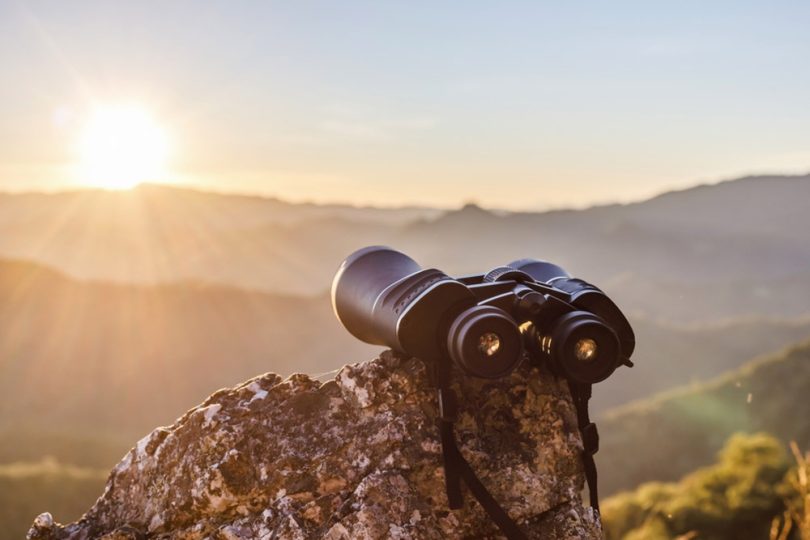






Leave a Comment